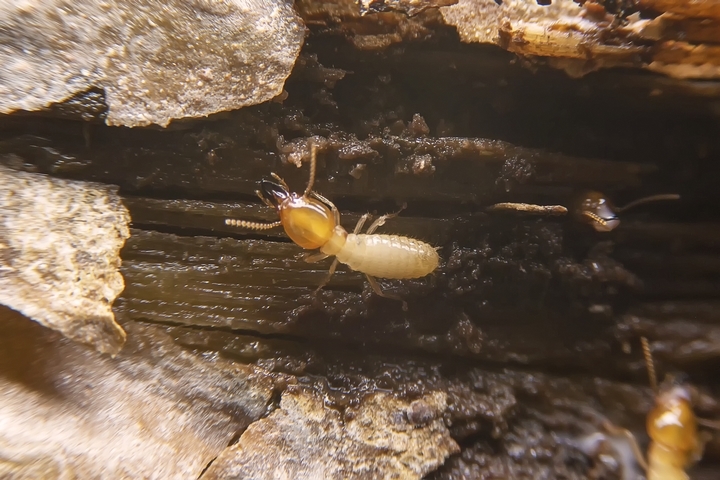Experiencing a termite invasion? First, don’t panic. You can get rid of termites in hardwood floors through a few easy steps. Alternatively, you can seek help from the pest control experts, as long as they’re licensed by your local authorities.
There are several warning signs that will indicate whether you have a termite invasion, including termite poop, which is also known as “frass.” Frass looks like six-sided salt and pepper droppings. If you see frass, you can be sure the pesky bugs have been helping themselves to your hardwood floor. Look for signs of these droppings along window sills, beds, dining tables, and baseboards.
Other telltale signs of a termite invasion include sightings of hollowed-out or softening wood, water bubbles in your interior or exterior paint, and mud tubes. Termites are known to leave a trail of mud networks.
Below are six ways to get rid of termites in hardwood floors:
1. Identify the types of termites
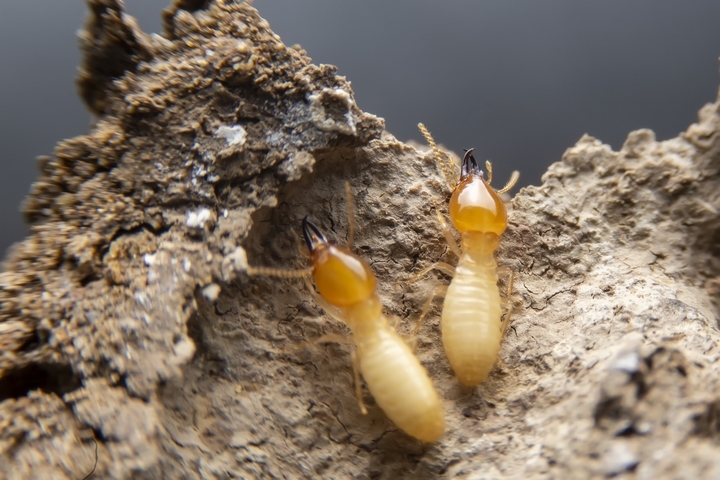
If you notice termites in the hardwood floors, the first step is to identify the type of termites you’re dealing with. There are three main types: damp wood, subterranean, and dry wood termites. Each of these has workers (the guys that eat your wood), soldiers to fight off predators, and swarmers, whose role is to seek out new colonies.
Dry wood termites have a reddish head and a brown body. Their swarmers have colour variations with sheer, tan wings. Workers look like maggots, but without wings.
Damp wood and dry wood termites look alike. Dry wood termites also have sheer wings and a brown body. Their workers also look like maggots.
Subterranean termites are much smaller than damp wood and dry wood termites. They have a black body and sheer wings for their flying counterparts. The workers are white, smaller and look like maggots.
2. Find out where the termites are located
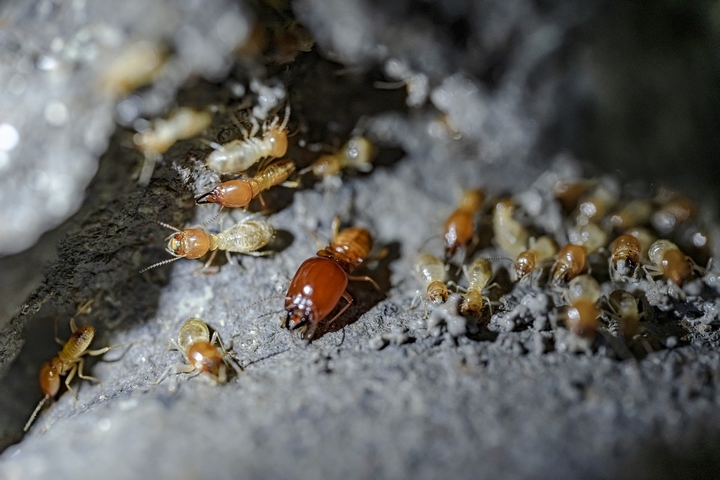
Termites basically eat wood, so that’s why you’ll find lots of termites in hardwood floors. Your hardwood floor is likely to be infested by damp wood or dry wood termites. However, while dry wood termites prefer dry or partially, non-decayed wood, damp wood termites gorge on decaying or moist wood. They are often found in high humidity or high rainfall areas.
3. Find out where the termites are entering
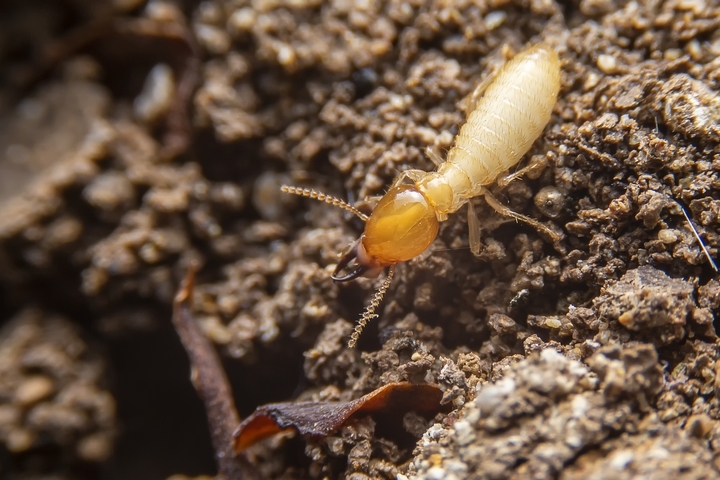
Finding out how termites enter your house is critical to getting rid of them. For instance, damp wood and dry wood termites enter through tiny cracks. They do this mainly around window frames and through cracks found in the caulk.
Regularly inspect the windows and re-caulk them if you see signs of cracking or ageing. If you see cracks in the interior and exterior paint, this is an indication of the presence of termites.
Subterranean termites will often enter by burrowing into cracks in your home’s foundation. Houses with a raised foundation are better equipped to prevent invasion through this approach.
4. Decide how to get rid of the termites

Once you identify the type and the presence of termites in hardwood floors, what they eat, and how they enter the house, the next step is to decide what to do to get rid of them. The best approach is to let a professional handle the termites in hardwood floors, especially if it’s an invasion. If you see a bunch of shed wings, you have an infestation, but a single shed wing shouldn’t worry you.
5. Kill the termites
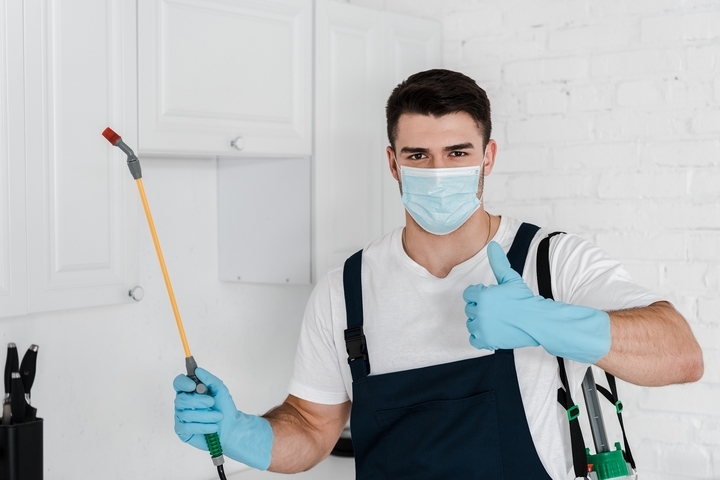
Exterminating termites involves the use of termiticides. However, getting an effective pesticide is not easy since they are mostly unavailable to the public. What you will find in stores are termite sprays, which are, in most cases, highly diluted to meet public safety requirements.
If the invasion is restricted to a particular structure in your home, for instance, the door trim, replace the affected structure. However, a full-blown termite invasion requires a more elaborate extermination approach, since it can be tricky to get rid of the termites in hardwood floors.
For the subterranean termites, you must get rid of them from the soil level under the floor. Use chemical solutions to get rid of termites by applying it between dirt areas and the house, and also around the house. This solution keeps termites out by deterring them from breaking into your house.
You can also use wood treatment products to terminate damp wood and dry wood termites. The product is injected into the wood at a very high pressure via ink-pen-sized holes. It works by saturating the wood and deterring future invasions. If the infestation is not too severe, treatment may take between four and six hours and your hardwood flooring will return to its beautiful state afterwards.
6. Keep the termites out of the hardwood floors
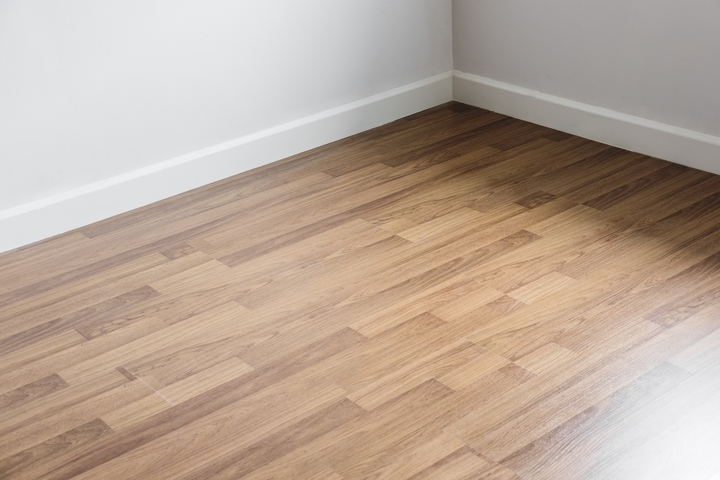
The best approach to getting rid of termites in hardwood floors is to make sure they can’t come in. To do this, give the exterior of your house a coat of quality exterior paint. Since termites don’t eat through paint, make sure doorframes, foundation gaps and windows are sealed and caulked.
Also, don’t nail up or staple Christmas lights and then pull them down. Termites love making homes in the tiny holes. Either fill up the holes after removing the nails or leave the nails in throughout the year.
If you have issues such as plumbing leaks, stagnant water on the roof, or any wood-decaying issue, resolve them as quickly as possible. Make sure there’s adequate ventilation to your home to keep away subterranean termites, too, which love moisture.

